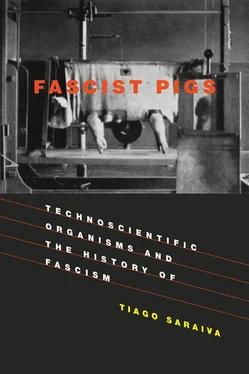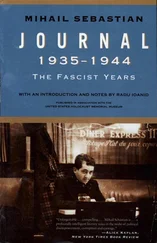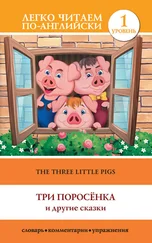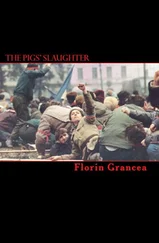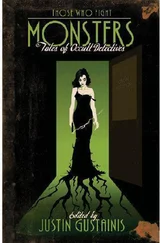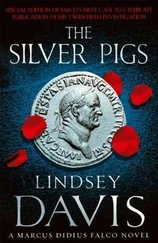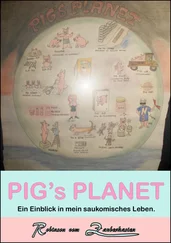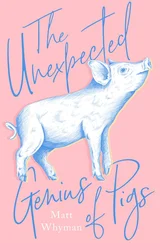Indeed, as is detailed in part I, every fascist regime of the interwar period became obsessed with projects for making the national soil feed the national body. Food was central to translating the fascist ideology of the organic nation into concrete policies. National independence from the vagaries of international markets was to be achieved through campaigns for food production such as the Battaglia del Grano (Battle of Wheat), the first mass mobilization of fascist Italy launched in 1925, which was soon reproduced in Portugal (1929) and later in Germany (1934). The notion of total mobilization, which in the early 1930s Ernst Jünger transferred from the trenches of World War I to the whole of society, had its most obvious manifestation in these inaugural fascist campaigns. [42]Peasants, chemical industries, machine builders, agricultural scientists, radio broadcasters, and fascist intellectuals were all mobilized to protect the national community. The Portuguese Wheat Campaign’s revealingly martial slogan proclaimed “Our land’s bread is the border that best protect us!” This book argues that it hasn’t been sufficiently appreciated that one of the first steps in the fascist experiment of forming an organic community was to put in place campaigns for the production of food and raw materials to guarantee the survival and growth of the national body.
It may be argued that thinking about the biological nation through food rather than through race projects a more acceptable version of fascism, ignoring its more violent aspects. After all, food-supply issues, in contrast to racial degeneration, constituted real problems challenging all European societies in the interwar years. But food was also crucially linked to ambitions of territorial expansion, with colonization taken as the only long-term solution for survival and growth of the national body in a world dominated by imperial blocs. Counter-intuitively, the fascist nationalistic obsession with self-reliance, first expressed in internal production campaigns, also naturalized the need to grab land. In the hostile world of the fascist credo, only imperial nations could be considered truly independent. This expansionist drive constitutes the framing of part II of the book.
Fascism was responsible for the last large colonial land grab by European nations: while Italy invaded Ethiopia and strengthened its presence in Libya, Germany transformed eastern Europe into a Continental version of Heart of Darkness . [43]Portugal had already secured its empire in the nineteenth-century scramble for Africa, but the new fascist regime would greatly intensify its colonial presence. Focusing on food and land will thus also lead us into the violent features of fascism that justify much of the enduring scholarly and popular interest in the phenomenon. Hitler’s visions of Germany’s expansion into the east were, from the beginning, articulated in terms of guaranteeing new soil for “pure stock” German peasants, making agriculture a central dimension of the dynamics that would lead to the Holocaust. [44]Italy and Portugal’s imperial experiences didn’t have the same combination of racial policy and territorial expansion as Nazi Germany’s. Race certainly played a role, but in neither case can one identify an explicit decision to eliminate a “race” comparable to that made at the infamous Wannsee Conference. [45]But, similarly to the Nazi example, it is also in the colonies that one stumbles into both regimes darkest stories. As we will see in part II, agriculture is key to understand the genocides perpetrated in Africa under Mussolini and Salazar dictatorships.
There are, to be sure, a number of volumes dedicated to the agricultural policies of the different fascist regimes. [46]But agriculture’s lower cultural status, associated with misperception of its low-tech nature, has apparently inhibited the more ambitious historians of generic fascism from including it in their discussions. [47]Who wants to deal with pigs and potatoes when one can explore film, sports, and architecture? Historians of agriculture haven’t helped. Gustavo Corni and Horst Gies’s still-canonical study of the food policies of the Third Reich, for example, teaches us more about the many flaws of Nazi agricultural bureaucracy and its repeated broken promises than about the importance of food for the institutionalization and dynamics of the regime. [48]In common with many other authors, Corni and Gies emphasize the apparent contradiction between fascist praise of traditional peasant culture and modern demands for productivity, ignoring that what was at stake was a single modernist project of inventing a new organic national community. This book intends to overcome the common perception among fascist studies that talk of soil and peasantry is atavistic and in conflict with more modern sensibilities. [49]I suggest that the “ideology of the land” already present in the very first formulations of the fascist credo, and famously summarized by the Nazi dictum “Blut und Boden” (“Blood and soil”) and the slogan “Bisogna ruralizzare l’Italia” (“Italy must be ruralized”), was as modernist as the aviation craze of fascist Italy or the smooth lines of the German Autobahn. [50]
Model Organisms, Industrialized Organisms, and Fascism
The bulk of my narrative is concerned with examining the modernist nature of the fascist “back to the land” movement by following the new organisms that promised to root Italians, Portuguese, and Germans in their respective national soils and to sustain them in their imperial possessions. It emphasizes the fact that such organisms were technoscientific organisms—modern products of scientific breeding operations. The Ardito strain of wheat with which Mussolini fought his Battaglia del Grano was a new variety developed by Italian geneticists that promised Italy self-sufficiency in grain. The sheep that bolstered Heinrich Himmler’s dreams of thriving German settler communities in eastern Europe’s steppes were standardized animals coming from the Institute of Animal Breeding of the University of Halle. And the same goes for the pigs, potatoes, cotton, and coffee gathered in the text.
We already know how plant breeding thrived as scientific field in the context of the Nazi political economy and how it earned generous support from Hitler’s regime. [51]But the more significant studies on this topic either dismiss the relation between “Blut und Boden” ideology and breeders’ activities or consider modernization efforts in agriculture only as a matter of preparedness for war. [52]Taking agriculture as seriously as fascist ideologues—Nazis included—actually did, and placing it at the center of their modernist experiment of inventing a national community instead of just seeing it as a proxy for other projects, make the importance of breeders’ new organisms more obvious. Technoscientific organisms were to embody the fascist response to the major problem of how European societies should live in the new global economy of food. [53]When fascists came to power, as we shall see, breeders were happy to tailor their creations to serve fascist ideology. But before that, breeders’ organisms were already making fascist radical visions of the national body thriving on the national soil into plausible policies. Breeders’ animals and plants were not just tools of fascism; they were major elements in imagining a fascist alternative modernity.
Since the 1990s, historians of science have been exploring standardized life forms in order to understand processes of production of biological knowledge. Widespread circulation of standardized model organisms has been significantly identified with the expansion of communities of researchers built around them. Robert Kohler’s fruit flies, Karen Rader’s mice, and Angela Creager’s Tobacco Mosaic Virus are now common elements in historians’ accounts of the development of the biological sciences. [54]Hans-Jörg Rheinberger, with his “epistemology of the concrete,” has been exceptionally productive in revealing how work on model organisms has led to new epistemic things. [55]These model organisms constitute “future generating machines” whose manipulation, Rheinberger writes, “can generate insights into the constitution, functioning, development, or evolution of an entire class of organisms.” [56]Rheinberger’s work points not only at the relevance of such organisms as crucial objects for historians of the life sciences but also at a way of writing history of science as organism-centered narratives. The structure of the present book, with its chapters organized around different domesticated plants and animals, owes much to Rheinberger’s collection of model organisms. [57]
Читать дальше
